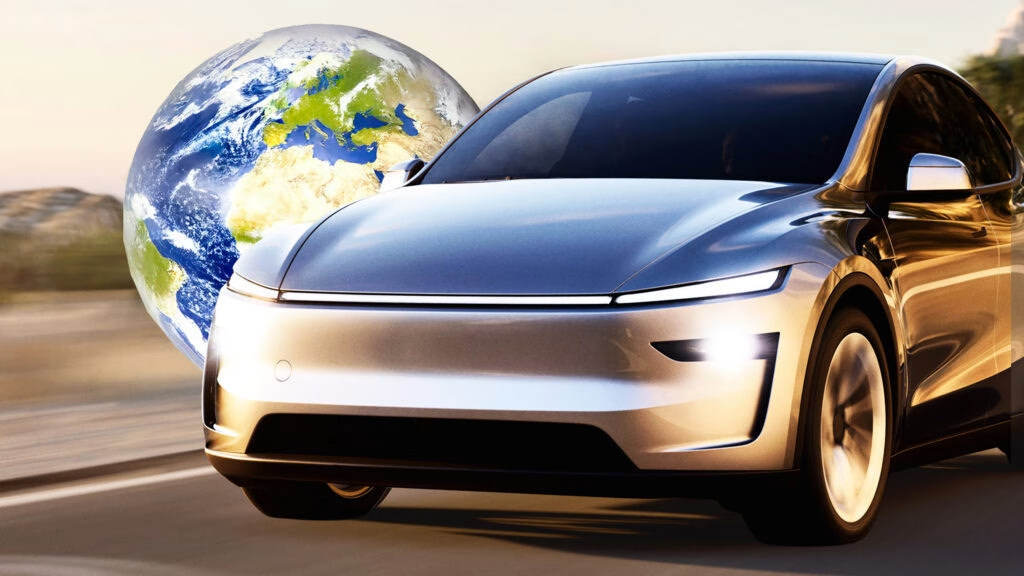Tesla’s recent surge in Norway is nothing short of remarkable. In May, the electric vehicle (EV) manufacturer saw its sales skyrocket by an astonishing 213% compared to the same month last year. This leap translates to 2,600 Tesla vehicles delivered, primarily driven by the much-anticipated facelift of the Model Y, which has become a favorite among Norwegian drivers.
Why is Norway such a hotbed for electric vehicles? Well, it’s a combination of factors. The country has been a pioneer in promoting EVs, with a staggering 93% of new cars sold being electric. The Norwegian government has implemented robust financial incentives and a comprehensive charging infrastructure, making it easier and more appealing for residents to make the switch from combustion engines. Interestingly, despite being a major oil exporter, Norway’s commitment to sustainability has propelled it toward its ambitious goal of achieving nearly 100% EV sales by 2025.
The Model Y’s popularity is evident; it captured a remarkable 16.5% market share in May alone. To put that in perspective, the second-best-selling vehicle, Toyota’s bZ4X, managed only 7%. This trend highlights Tesla’s dominance in a market that is increasingly leaning toward electric options.
However, the story isn’t as rosy in neighboring Sweden, where Tesla’s sales plummeted by 54%, totaling just 503 vehicles. Similarly, in France, sales dropped by a staggering 67%. This stark contrast raises questions about Tesla’s brand perception and market strategy in different regions.
What’s driving these fluctuations? A mix of fierce competition and shifting consumer sentiments is at play. Legacy automakers and new entrants from China, such as BYD, are stepping up their game, offering consumers more choices than ever. Additionally, some customers express disappointment with Tesla’s recent model updates, feeling they don’t go far enough in terms of innovation.
Another significant factor affecting Tesla’s sales is its brand image. Recent controversies surrounding CEO Elon Musk’s political affiliations have left a sour taste for many potential buyers. A recent poll indicated that 94% of Germans would never consider buying a Tesla, showcasing a significant decline in brand loyalty and trust.
Despite these challenges, Tesla remains a formidable player in Norway, where it continues to lead the market. The numbers speak for themselves: in May, Tesla accounted for 18.2% of all car sales in the country, outpacing competitors like Volkswagen and Toyota. The landscape of the EV market is evolving rapidly, and while Tesla is still a leader in some regions, it faces increasing pressure to adapt and innovate to maintain its edge.
The big takeaway? Tesla’s journey isn’t just about electric cars—it’s a reflection of changing consumer preferences and market dynamics. As the competition heats up, Tesla will need to navigate these waters carefully. For now, though, it’s clear that in Norway, the love for electric vehicles—and for Tesla—remains strong. If you’re considering an EV, keep an eye on how these trends unfold; the market is shifting, and your next car choice might just be influenced by these exciting developments.

